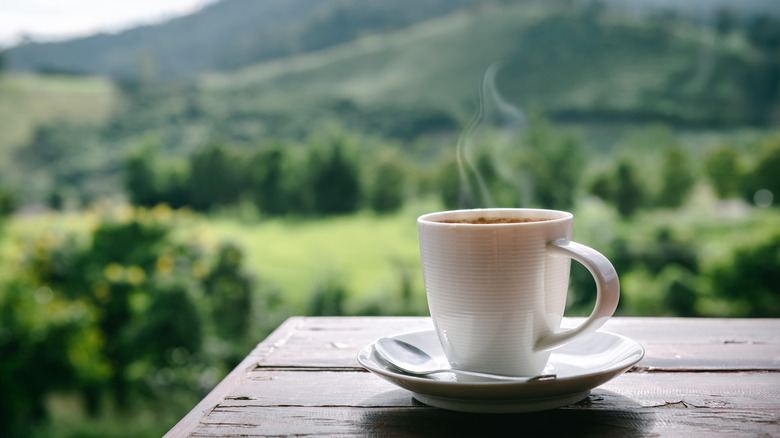The Origins of “Cuppa Joe” and Its Place in Coffee Culture
Coffee has long been a staple for millions around the world, and its rich history is filled with unique nicknames and slang. Among these, “cuppa Joe” stands out as one of the most enduring and widely recognized terms for coffee. While the beverage has also been called less appealing names like “battery acid” or “embalming fluid,” “cuppa Joe” has remained a favorite, even inspiring a well-known East Village café named “MUD” that caters to an artsy, beatnik crowd.
The exact origin of the term “cuppa Joe” remains a mystery, but it became popular in the 1920s. According to Green’s Dictionary of Slang, the word “Joe” was used to refer to coffee as early as 1927, with the U.S. Navy being credited for its use in their unique slang. A 1927 article from a local Virginia newspaper mentions that coffee was referred to as “joe” in naval jargon. This theory links the term to Josephus Daniels, the U.S. Secretary of the Navy, who banned alcohol on military ships during World War I. Sailors then turned to coffee, and some stories suggest they began calling it “cups of Joe” as a way to mock their superior. However, this theory is still debated among historians.
Another possible explanation ties the term to railroad workers known as “hoppers,” who traveled by train and often relied on coffee for energy. Some believe “Joe” could be a shortened form of “jamoke,” a blend of “java” and “mocha,” which was another slang term for coffee in the 1930s. Even today, Trader Joe’s, a well-known grocery chain, uses the name “Joe” for its line of store-brand coffees. While there was a real person named Joe behind the company’s name, he is not connected to the coffee slang.
An alternative and perhaps more plausible theory suggests that “Joe” refers to the “average Joe” — the common man. Coffee is accessible and widely consumed, making it a beverage for everyone. In 2025, 66% of American adults drink coffee every day, consuming an average of three cups per day, according to the National Coffee Association. This theory also allows for a military connection, such as “G.I. Joe,” linking the term to soldiers who brought back new vocabulary after World War II.
Early Mentions of “Joe” in Coffee Culture
One of the earliest recorded mentions of “Joe” referring to coffee appears in the 1941 book “Hash House Lingo” by Jack Smiley. This linguistic study documented slang terms from the 1930s, including those used by soda jerks and short-order cooks. The book helped cement the term “Joe” for coffee into the American lexicon, even if people weren’t always sure of its origins.
By 1942, the phrase “Bring Ensign Maxon a cuppa joe” appeared in Howard Hunt’s novel “East of Farwell.” In 1954, a character in the film “On the Waterfront,” starring Marlon Brando, said, “Let’s go down get some more joe.” These references show how deeply “cuppa Joe” had embedded itself in American culture.
Today, “cuppa Joe” continues to be a common term used by coffee lovers, often without much thought given to its history. It’s a phrase that has stood the test of time, reflecting both the cultural significance of coffee and the evolution of language over the decades. Whether it stems from a naval tradition, a common man, or a clever portmanteau, “cuppa Joe” remains a beloved nickname for one of the world’s most popular beverages.






